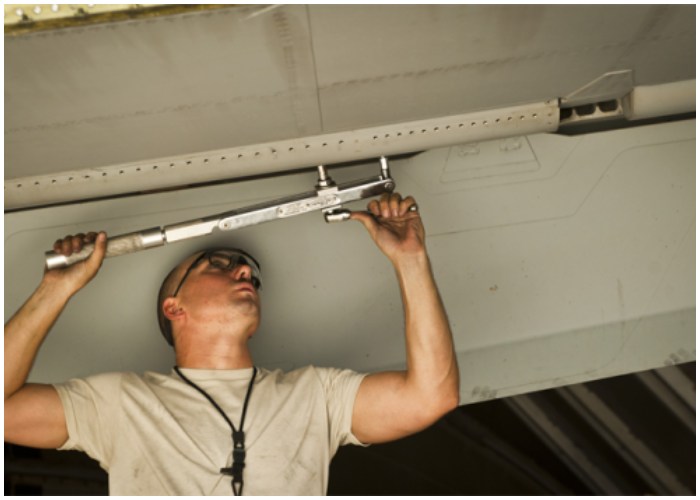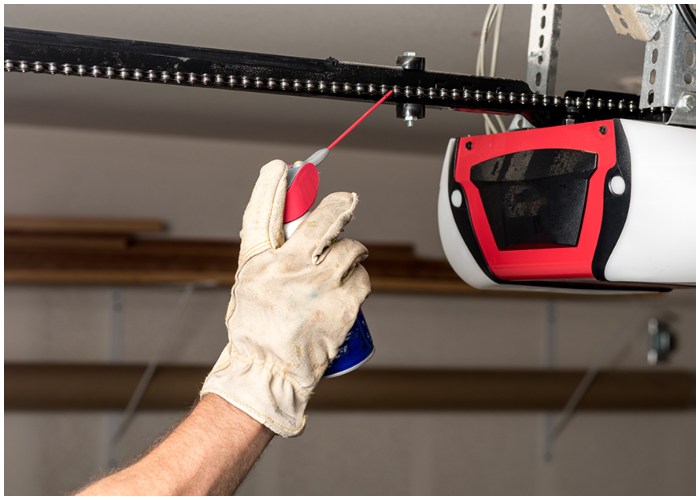Your garage door is vital to your home and needs regular attention to function correctly. Over time, wear and tear can affect its performance, leading to issues that can be costly to fix if not addressed early. The good news is that you can handle most garage door maintenance tasks with time and the right tools. Taking care of your garage door will help keep it in great shape and extend its lifespan. I’ll provide essential DIY tips for keeping your garage door operating smoothly in this guide. Whether you use your garage for parking, storage, or DIY projects, these simple steps will help ensure your door opens and closes without a hitch.
Tighten Loose Hardware
With constant use, the hardware that keeps your garage door secure can loosen over time. This includes bolts, screws, and hinges that allow the door to move along its tracks. To avoid any performance issues, regularly check for loose parts.
- How to do it: Go over the entire door, starting with the roller brackets and the screws that secure them to the door. Grab a wrench or screwdriver and tighten the fasteners if anything feels loose.
- Why it matters: Loose parts can lead to more serious mechanical issues if unchecked. Tightening them up ensures your door continues to move smoothly.
- When to check: It’s a good idea to inspect and tighten the hardware every few months, mainly if you use your garage door frequently.

Lubricate Moving Parts
Friction can cause your garage door’s parts to wear out over time, so regular lubrication is essential. Keeping the moving parts of your garage door well-lubricated will help reduce friction and noise while extending the life of components like rollers and hinges.
- What to use: Use a silicone-based lubricant or a product specifically designed for garage doors. Spray lubricants work well for reaching tight spots and ensuring complete coverage.
- Where to apply: Focus on hinges, roller bearings, tracks, and springs. Avoid over-applying; too much lubricant can attract dirt and dust, leading to gunk buildup.
- Frequency: Lubricate your garage door’s moving parts at least twice a year to keep everything running smoothly.
Balance the Garage Door
A properly balanced garage door ensures your opener doesn’t have to work too hard to lift it. An unbalanced door can put extra strain on the system, which could cause it to fail prematurely. You can test your door’s balance with a simple check.
- How to test: Disconnect the garage door opener by pulling the release cord. Manually lift the door halfway. If the door stays in place, it’s balanced. If it drops or moves up, it’s out of balance and may require adjustment by a professional.
- Why it’s important: An unbalanced door forces your opener to work harder, leading to wear and tear on the motor and other components.
- When to test: Perform a balance test every few months to catch any issues early.
Inspect and Clean the Tracks
Garage door tracks can collect dirt, dust, and debris, impeding the door’s movement. Regularly inspecting and cleaning the tracks is an easy way to prevent unnecessary wear on the door’s rollers and ensure smooth operation.
- How to clean: Use a damp cloth to wipe down the tracks and remove debris. For hard-to-reach areas, a vacuum with a brush attachment can help. Make sure the tracks are free of any obstructions.
- What to look for: Check for dents, bends, or other damage. If the tracks are misaligned or damaged, it may require professional repair.
- How often to clean: Clean the tracks every few months or whenever you notice dirt buildup or the door hesitating during operation.
Test the Auto-Reverse Feature
Modern garage doors come with an important safety feature: the auto-reverse function. This feature automatically reverses the door’s direction if it detects an object in its path. Testing this feature is essential to ensure it’s working correctly and keeping your home safe.
- How to test: Place an object, such as a wood block, under the garage door. Close the door using the opener. The auto-reverse feature works correctly if the door reverses after hitting the object. If not, it needs to be adjusted or repaired.
- Why it matters: This safety feature can prevent accidents and damage to your belongings, especially if you have children or pets.
- When to test: Check the auto-reverse function every three to six months to ensure it’s functioning correctly.

Check the Weatherstripping
Weatherstripping at the bottom of your garage door is crucial to keeping out dirt, moisture, and pests. Over time, it can wear down or crack, reducing its effectiveness. Checking and replacing the weatherstripping will help keep your garage insulated and clean.
- How to inspect it: Look for cracks, tears, or signs of wear. If the weatherstripping is damaged, it can easily be replaced by sliding a new strip into place.
- Why it’s necessary: Proper weatherstripping prevents drafts, keeps out unwanted pests, and helps maintain a consistent temperature in your garage.
- When to check: Inspect the weatherstripping at least once a year, preferably before the winter season.
Maintain the Garage Door Opener
The garage door opener is the powerhouse behind the door’s movement, so keeping it in good shape is essential. Regularly testing and maintaining the opener will help prevent breakdowns and ensure smooth operation.
- How to maintain it: Test the opener using both the remote and the wall control to ensure it’s functioning correctly. If you notice any unusual noises or delayed responses, it may be time to replace the batteries or perform more in-depth maintenance.
- Check the photo-eye sensors: Ensure the sensors near the floor on both sides of the door are aligned and free of dirt or debris. If the sensors are misaligned, the door may not close properly.
- When to check: Test the opener every few months to ensure it’s working well, and inspect the sensors regularly.
Keep the Garage Door in Top Shape
Maintaining your garage door doesn’t have to be complicated or time-consuming. With a few simple DIY tips, you can keep your garage door running smoothly and avoid costly repairs down the road. From tightening loose hardware to testing the auto-reverse feature, these tasks will help extend the life of your garage door and keep it functioning properly. By performing regular checks and maintenance, you can ensure that your garage door remains reliable, whether it’s for parking, storage, or DIY projects. Set aside time every few months for these simple tasks, and your garage door will continue to serve you for years.